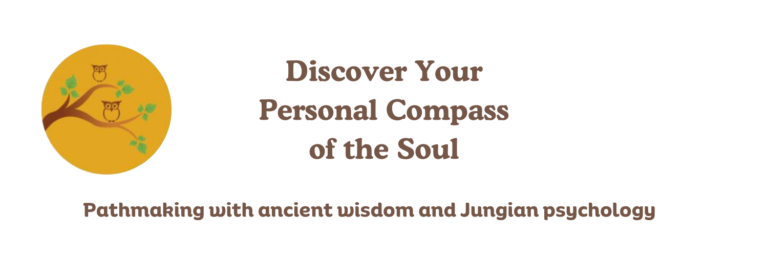The shadow side of the eternal child (tertiary) function of the personality type is the trickster.
Jungian analyst John Beebe came up with the trickster archetype for this function (and all of the shadow function archetypes) based on his study of dream figures that display the negative of our preferred typologies.
According to Beebe, “The archetypal thrust of the trickster’s restless energy is to resist having to do things the way others think is right.” And “the trickster can be a force for self-defense in a dangerous world.” It points out the opponent’s weaknesses with withering remarks.
He says that it is “an enormous step in type development” when we can make the trickster conscious. Then we are less vulnerable to being taken advantage by others.
He cites Alfred Hitchcock as one who had a developed trickster function. There was a time Kim Novak was upset the clothes for her role did not reflect her taste. Hitchcock had extroverted feeling (Fe) as his trickster function. Giving into her would have ruined the picture, so he told her “you can wear anything you want, anything – provided it’s what the script calls for.” This succeeded in placating her.
Here is a list of trickster funtions by personality type. When you encounter that same function in someone who has it as a hero, parent, or eternal child function, your trickster may sometimes get triggered. So the more conscious you become of that, the less defensive you will be, and the less vulnerable to being taken advantage of by others.
ISTJ – extroverted feeling (Fe)
INTJ – extroverted feeling (Fe)
INFJ – extroverted thinking (Te)
ISFJ – extroverted thinking (Te)
ESTJ – introverted intuition (Ni)
ENTJ – introverted sensation (Si)
ENFJ – introverted sensation (Si)
ESFJ – introverted intuition (Ni)
ISTP – extroverted intuition (Ne)
INTP – extroverted sensation (Se)
INFP – extroverted sensation (Se)
ISFP – extroverted intuition (Ne)
ESTP – introverted feeling (Fi)
ENTP – introverted feeling (Fi)
ENFP – introverted thinking (Ti)
ESFP – introverted thinking (Ti)
In an interview with Type in Depth, Beebe says the following about integrating the Trickster:
“When I talk about the “shadow functions,” their archetypes, and the difficulties they present, I try to mention also, as with other complexes, the opportunities they offer. We need our shadow to survive. The shadow functions are what my colleague Donald Kalsched (1996) calls “self-care systems.” And it takes a certain amount of evil in yourself to be able to handle the evil that’s in the world. If you’re the kind of person who often is put in double binds by other people because you’re too naive and too sweet and too eager to please them, and then they give you contradictory expectations and put you in a box, you must learn to use your own trickster archetype to turn those double binds around. So, the integration of the shadow is very important. ” [emphasis mine]
I like how he calls shadow functions “self-care systems.” How can you use your trickster function to take care of you?
_______
Source: Type in Depth December 2021 issue
